Skoda Octavia Combi vs Toyota C-HR – Which car suits you better?
Costs and Efficiency:
Looking at overall running costs, both models reveal some interesting differences in everyday economy.
Skoda Octavia Combi has a a bit advantage in terms of price – it starts at 24400 £, while the Toyota C-HR costs 29100 £. That’s a price difference of around 4714 £.
Fuel consumption also shows a difference: Toyota C-HR manages with 0.80 L and is therefore clearly more efficient than the Skoda Octavia Combi with 4.40 L. The difference is about 3.60 L per 100 km.
Engine and Performance:
Power, torque and acceleration are the classic benchmarks for car enthusiasts – and here, some clear differences start to show.
When it comes to engine power, the Skoda Octavia Combi has a to a small extent edge – offering 265 HP compared to 223 HP. That’s roughly 42 HP more horsepower.
In acceleration from 0 to 100 km/h, the Skoda Octavia Combi is to a small extent quicker – completing the sprint in 6.50 s, while the Toyota C-HR takes 7.40 s. That’s about 0.90 s faster.
In terms of top speed, the Skoda Octavia Combi performs noticeable better – reaching 250 km/h, while the Toyota C-HR tops out at 180 km/h. The difference is around 70 km/h.
Space and Everyday Use:
Beyond pure performance, interior space and usability matter most in daily life. This is where you see which car is more practical and versatile.
Both vehicles offer seating for 5 people.
In curb weight, Skoda Octavia Combi is slightly lighter – 1366 kg compared to 1505 kg. The difference is around 139 kg.
In terms of boot space, the Skoda Octavia Combi offers clearly perceptible more room – 640 L compared to 447 L. That’s a difference of about 193 L.
In maximum load capacity, the Skoda Octavia Combi performs noticeable better – up to 1700 L, which is about 545 L more than the Toyota C-HR.
When it comes to payload, Skoda Octavia Combi distinct takes the win – 534 kg compared to 425 kg. That’s a difference of about 109 kg.
Who comes out on top?
Overall, the Toyota C-HR shows itself to be is largely superior and secures the title of DriveDuel Champion.
It convinces with the more balanced overall package and proves to be the more versatile choice for everyday use.
Costs and Consumption
View detailed analysis
Engine and Performance
View detailed analysis
Dimensions and Body
View detailed analysis
 @ Toyota Motor Corporation
@ Toyota Motor Corporation
Toyota C-HR
Skoda Octavia Combi
The Skoda Octavia Combi is the sensible family wagon that somehow turns grocery runs and long trips into a pleasant, unshowy experience — spacious, practical and built like it prefers reliability over flash. With smart touches, clever storage and a cabin that feels grown-up rather than frugal, it’s an easy recommendation for buyers who want maximum utility without sacrificing comfort or style.
details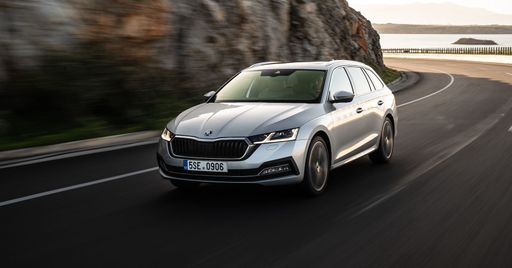 @ Škoda Auto a.s. / Škoda Storyboard
@ Škoda Auto a.s. / Škoda Storyboard
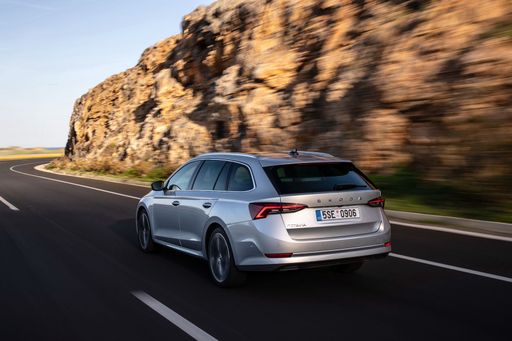 @ Škoda Auto a.s. / Škoda Storyboard
@ Škoda Auto a.s. / Škoda Storyboard
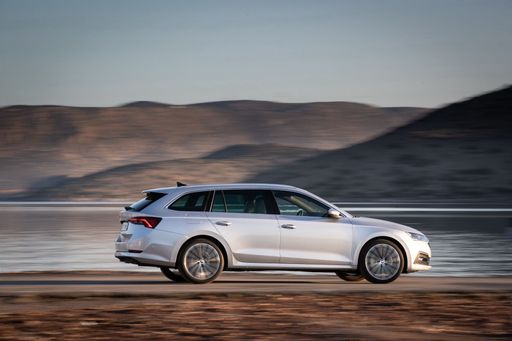 @ Škoda Auto a.s. / Škoda Storyboard
@ Škoda Auto a.s. / Škoda Storyboard
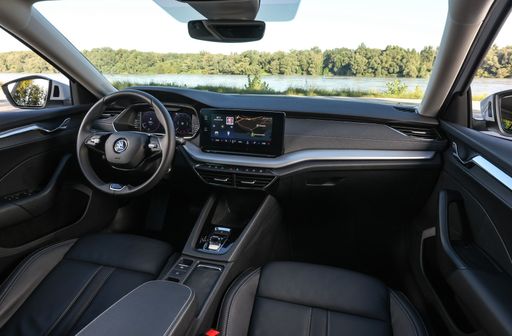 @ Škoda Auto a.s. / Škoda Storyboard
@ Škoda Auto a.s. / Škoda Storyboard
Toyota C-HR
The Toyota C-HR cuts a striking figure with its angular styling and coupe-like profile, so you’ll never go unnoticed in the supermarket car park. It balances everyday practicality with a nimble, city-friendly personality, making routine commutes feel a touch more fun without asking for forgiveness.
details @ Toyota Motor Corporation
@ Toyota Motor Corporation
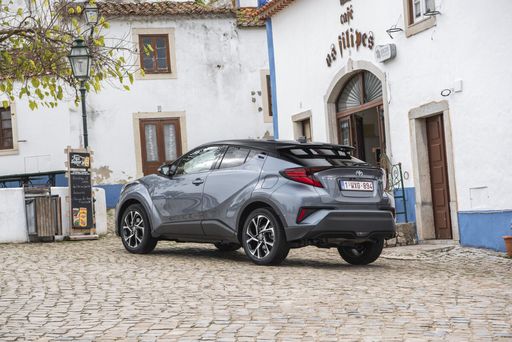 @ Toyota Motor Corporation
@ Toyota Motor Corporation
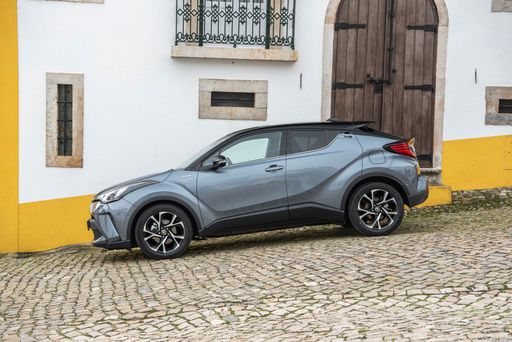 @ Toyota Motor Corporation
@ Toyota Motor Corporation
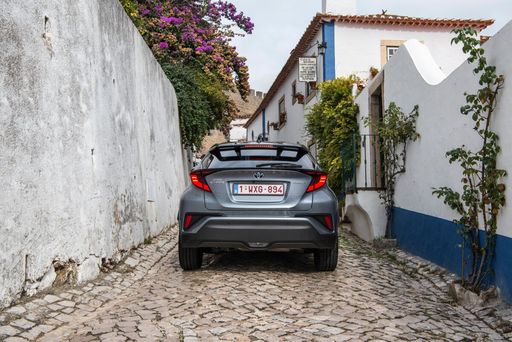 @ Toyota Motor Corporation
@ Toyota Motor Corporation
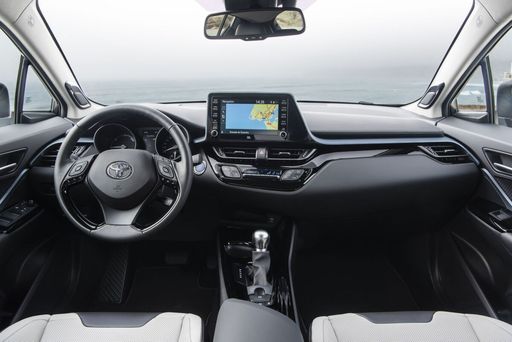 @ Toyota Motor Corporation
@ Toyota Motor Corporation
 @ Škoda Auto a.s. / Škoda Storyboard
@ Škoda Auto a.s. / Škoda Storyboard
|
 @ Toyota Motor Corporation
@ Toyota Motor Corporation
|
|
|
|
Costs and Consumption |
|
|---|---|
|
Price
24400 - 42300 £
|
Price
29100 - 42800 £
|
|
Consumption L/100km
4.4 - 6.9 L
|
Consumption L/100km
0.8 - 5.1 L
|
|
Consumption kWh/100km
-
|
Consumption kWh/100km
-
|
|
Electric Range
-
|
Electric Range
68 km
|
|
Battery Capacity
-
|
Battery Capacity
-
|
|
co2
113 - 157 g/km
|
co2
17 - 115 g/km
|
|
Fuel tank capacity
45 - 55 L
|
Fuel tank capacity
43 L
|
Dimensions and Body |
|
|---|---|
|
Body Type
Estate
|
Body Type
SUV
|
|
Seats
5
|
Seats
5
|
|
Doors
5
|
Doors
5
|
|
Curb weight
1366 - 1553 kg
|
Curb weight
1505 - 1755 kg
|
|
Trunk capacity
640 L
|
Trunk capacity
350 - 447 L
|
|
Length
4698 - 4709 mm
|
Length
4362 mm
|
|
Width
1829 mm
|
Width
1832 mm
|
|
Height
1455 - 1468 mm
|
Height
1558 - 1564 mm
|
|
Max trunk capacity
1700 L
|
Max trunk capacity
1076 - 1155 L
|
|
Payload
471 - 534 kg
|
Payload
375 - 425 kg
|
Engine and Performance |
|
|---|---|
|
Engine Type
Petrol, Petrol MHEV, Diesel
|
Engine Type
Full Hybrid, Plugin Hybrid
|
|
Transmission
Automatic, Manuel
|
Transmission
Automatic
|
|
Transmission Detail
Dual-Clutch Automatic, Manual Gearbox
|
Transmission Detail
CVT
|
|
Drive Type
Front-Wheel Drive, All-Wheel Drive
|
Drive Type
Front-Wheel Drive, All-Wheel Drive
|
|
Power HP
116 - 265 HP
|
Power HP
140 - 223 HP
|
|
Acceleration 0-100km/h
6.5 - 10.7 s
|
Acceleration 0-100km/h
7.4 - 9.9 s
|
|
Max Speed
203 - 250 km/h
|
Max Speed
175 - 180 km/h
|
|
Torque
220 - 370 Nm
|
Torque
-
|
|
Number of Cylinders
4
|
Number of Cylinders
4
|
|
Power kW
85 - 195 kW
|
Power kW
103 - 164 kW
|
|
Engine capacity
1498 - 1984 cm3
|
Engine capacity
1798 - 1987 cm3
|
General |
|
|---|---|
|
Model Year
2024 - 2025
|
Model Year
2024 - 2025
|
|
CO2 Efficiency Class
E, F, D, C
|
CO2 Efficiency Class
C, B
|
|
Brand
Skoda
|
Brand
Toyota
|
Is the Skoda Octavia Combi offered with different drivetrains?
The Skoda Octavia Combi is available as Front-Wheel Drive or All-Wheel Drive.
The prices and data displayed are estimates based on German list prices and may vary by country. This information is not legally binding.
